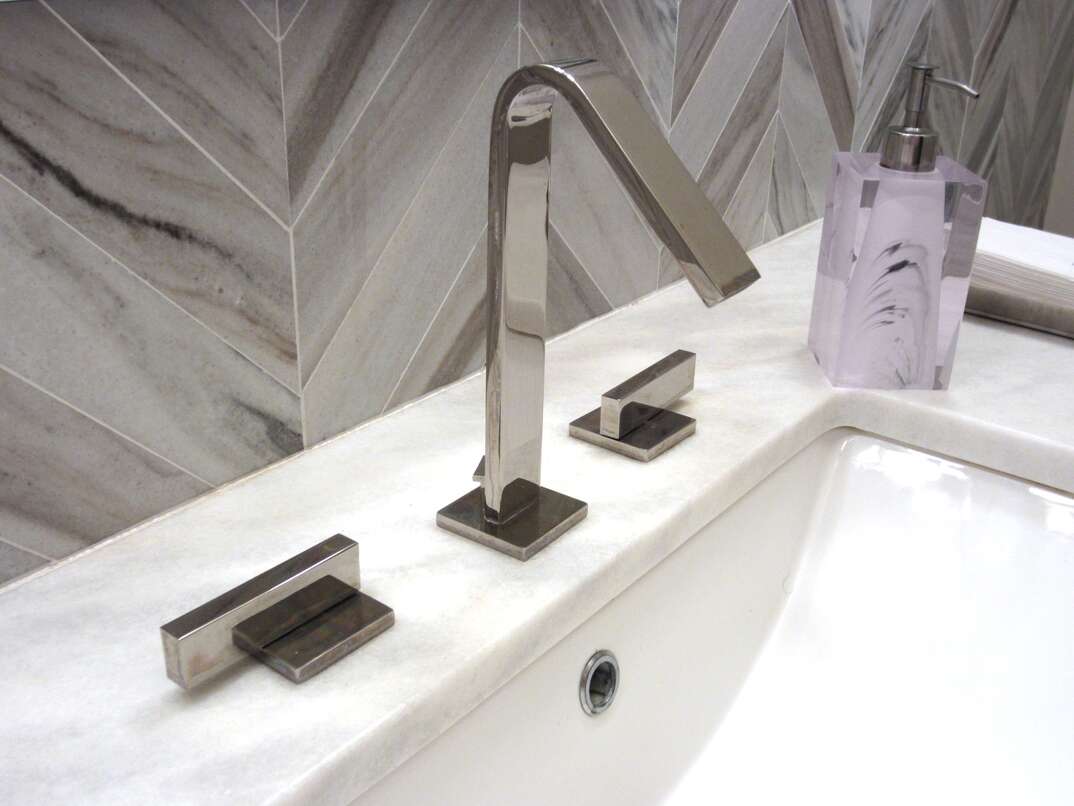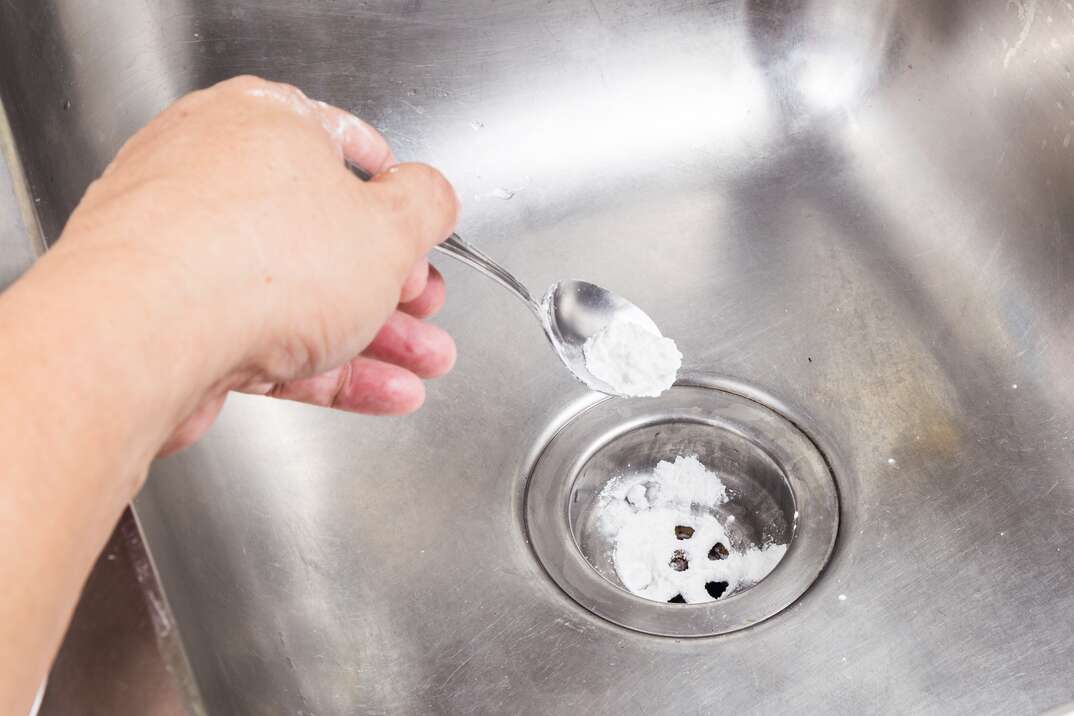How to Clean a Porcelain Sink

Cleaning a Porcelain Sink at a Glance
- Step 1: Wash sink with sponge and liquid soap
- Step 2: Rinse sink
- Step 3: Dry
- Step 4: Inspect for stains and scuffs
- Optional: Remove stains
Your bathroom and kitchen sinks can certainly take a beating — especially if you have hard water. Often white, porcelain sinks don’t hide stains well. So when it’s time to clean, you’ll know.
This May Also Interest You: How to Install a Bathroom Sink: 5 Steps to a Restroom Refresh
Afraid of damaging your porcelain sink when you clean it? With the right method and products, you can clean a porcelain sink like a pro and even remove stubborn stains. Just throw a little elbow grease into it (albeit with a gentle touch) and your sink will be looking beautiful in no time.
 ----------------------------------------
----------------------------------------
The Easiest Way to Clean a Porcelain Sink
Like every fixture in your home, you should clean your sink regularly to avoid buildup and stains. Add these steps to your cleaning routine:
- Using a sponge, liquid soap and warm water, wash away any buildup, soap, food, grime and other substances from the sink.
- Rinse away the soapy residue.
- Dry the sink with a clean, soft dish towel or drying cloth.
- Inspect the sink for signs of staining or scuff marks. Treat them as necessary using the tips below.
How Do I Make My Porcelain Sink Shine Again?
Porcelain is tough and nonporous, making it an ideal material for sinks. Although porcelain is easy to clean, it is not impervious to stains. In fact, the glaze applied over the surface of a porcelain sink that gives it its shine can absorb stains from food, hair dye, minerals found in water and other substances. And while regular cleaning can keep all the icky stuff from building up on the sink, set-in stains can be a bit more challenging to remove.
The goal when removing a stain from a porcelain sink is to avoid scratching the sink in the process. Stain removal requires a soft touch and proper tools that are also gentle on the surface of the sink. Abrasive or very rough tools can cause scratches. As a general rule, don’t use any sort of scrubber or tool on your porcelain sink that you wouldn’t use on glass; anything that scratches a glass surface will also scratch a porcelain one.
Stain Removal Options for Porcelain Sinks
When it comes to how to clean a porcelain sink and remove stains, always refer to your sink manufacturer’s instructions first. The following products can be helpful for removing stubborn stains from your sink:
Chlorine Bleach
Some stains can be easily removed from white porcelain sinks using bleach. However, you can’t use this method on vintage porcelain because the chlorine bleach can damage older sinks. Control the application of bleach by putting it in a spray bottle. Line your sink with paper towels, spray the paper towels with the bleach to saturate them and let them rest for 30 minutes before removing them. Rinse the sink to wash off any remaining bleach residue.
Lemon Juice or Vinegar
Vinegar is helpful in almost all cleaning applications, and your sink can use a little acidic love, too. Lemon juice and vinegar are both acids that are useful in removing metal or rust stains that tend to affect porcelain sink surfaces. Use one or the other — not both — to cover the stain. Allow it to stand for a minimum of five minutes, then wipe it away.
More Related Articles:
- No Hogwash: How to Install a Farmhouse Sink in 9 Steps
- How Much Does It Cost to Install a Kitchen Sink?
- Everything ‘Bout the Kitchen Sink: A 5-Step Installation Guide
- How to Clean Granite Countertops
- Scrub-a-Dub-Dub: How to Clean Your Bathtub
Hydrogen Peroxide
For colored porcelain or vintage porcelain, hydrogen peroxide is an effective stain remover. Line the sink with paper towels and saturate them with hydrogen peroxide. Leave the towels in place for at least 30 minutes. Then, remove the towels and rinse the sink.
Abrasive Cleaners
Gentle abrasive cleaners such as Bar Keeper’s Friend or Soft Scrub can be effective in restoring your sink to its former glory and removing rust stains. Avoid using abrasive cleaners too often as this can end up causing damage.
 -------------------------------------------
-------------------------------------------
Can You Use Baking Soda to Clean a Porcelain Sink?
Baking soda is also a helpful cleaner you probably keep in the pantry. Use this all-natural and gentle cleaner to remove minor scuffs on your porcelain sink. Add just enough warm water to the baking soda to create a paste, then rub it on the stained area using a soft sponge. Rinse the sink afterward to remove any residual baking soda paste.
How Do I Make My Sink Look Like New?
The tips above can help you make your sink look like new again. Avoiding damage to the first place can ensure that it keeps that beautiful look. It’s fairly difficult to scratch a porcelain sink, but it does happen. The best way to protect your porcelain sink is to purchase a quality sink mat. These rubber mats are very inexpensive and rest in the bottom of the sink basin, staving off scratches and scuffs.


